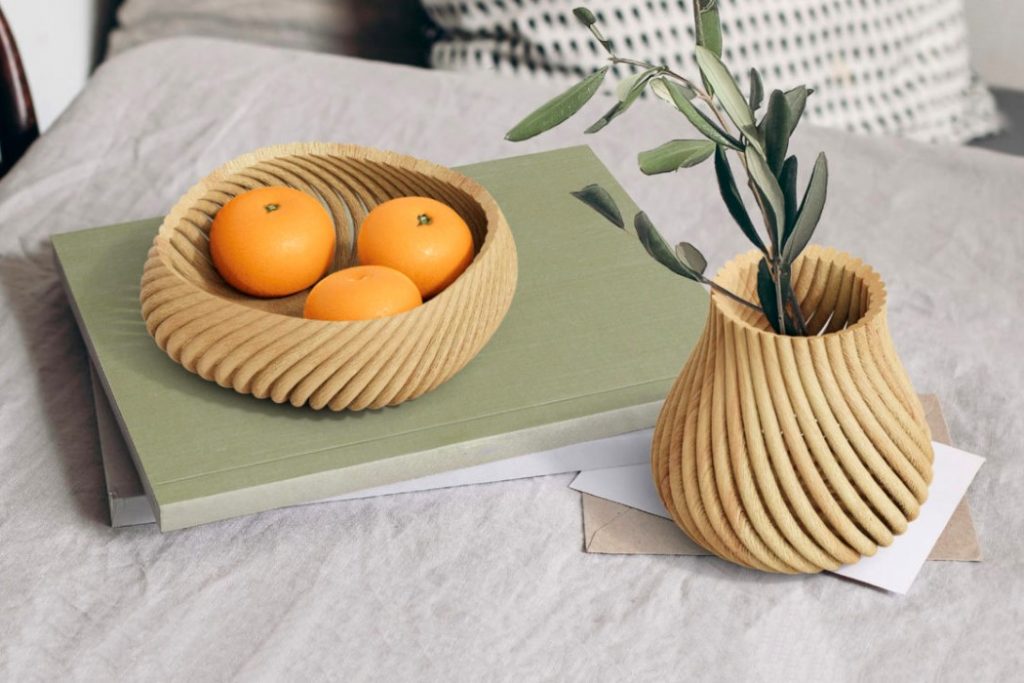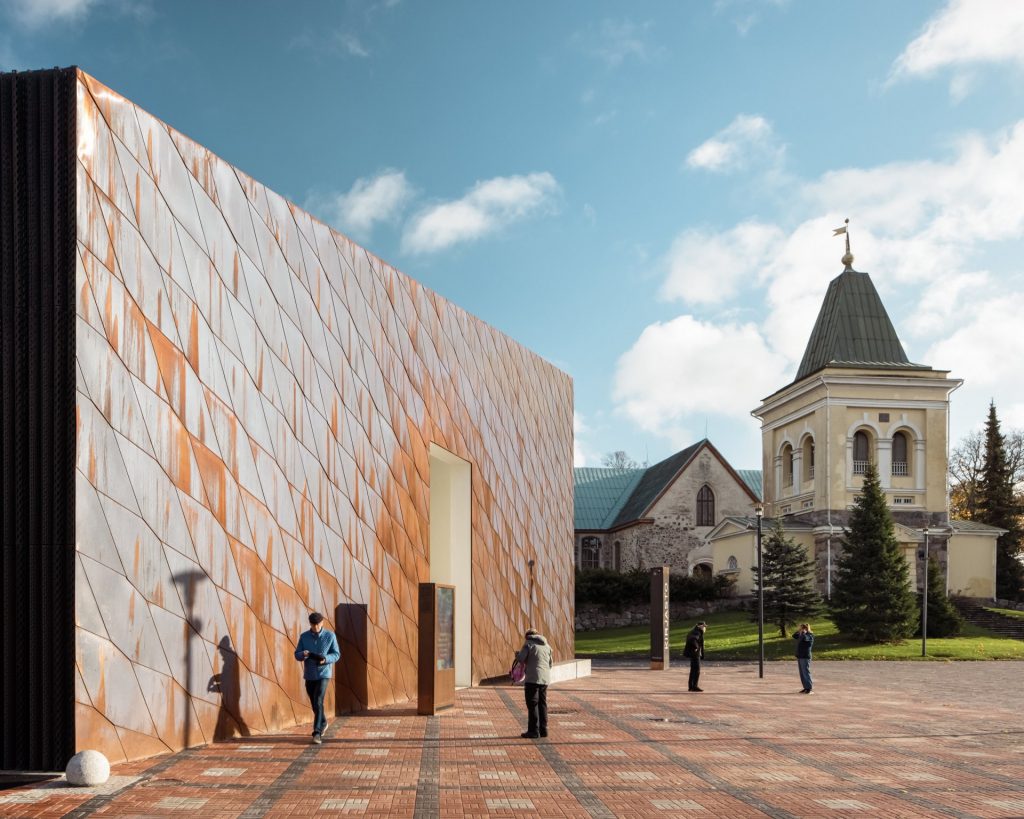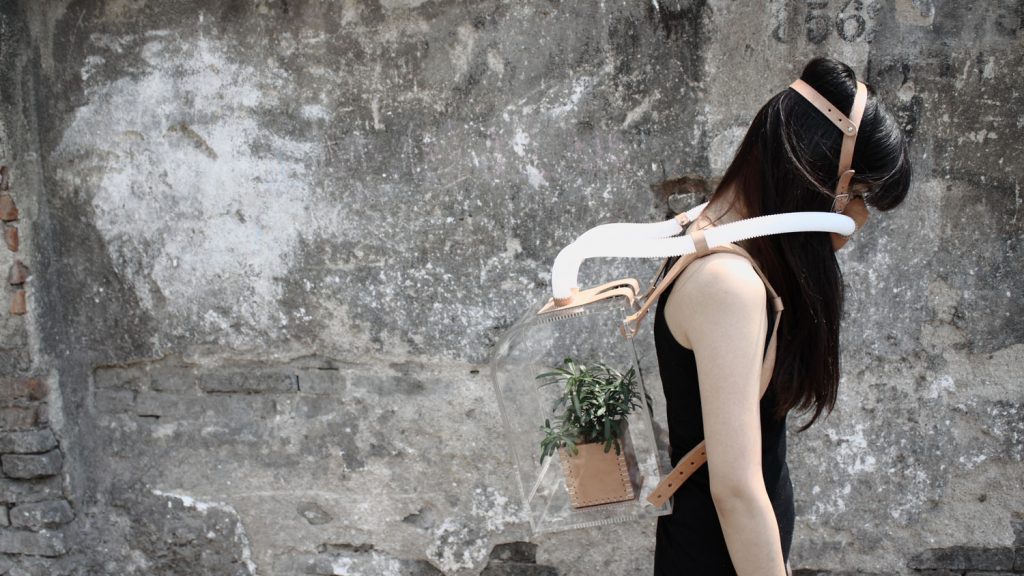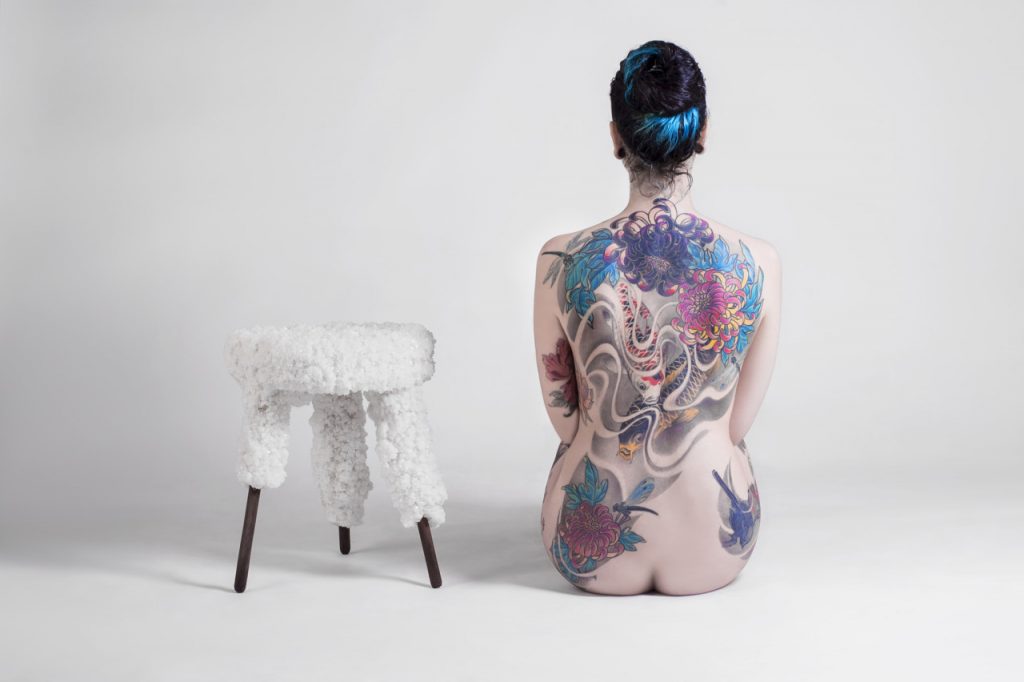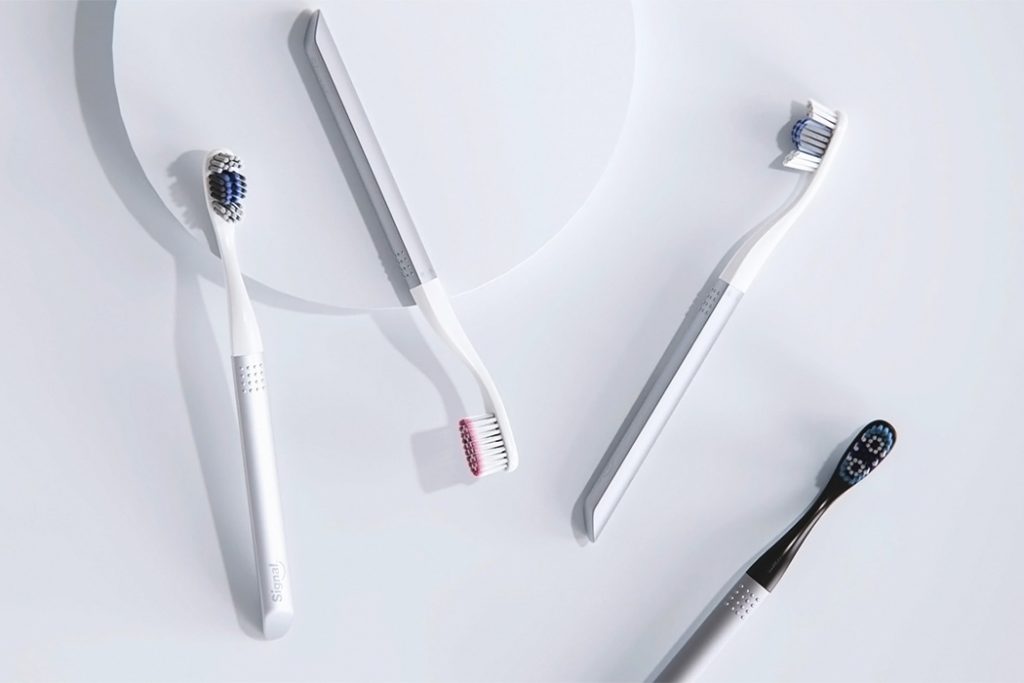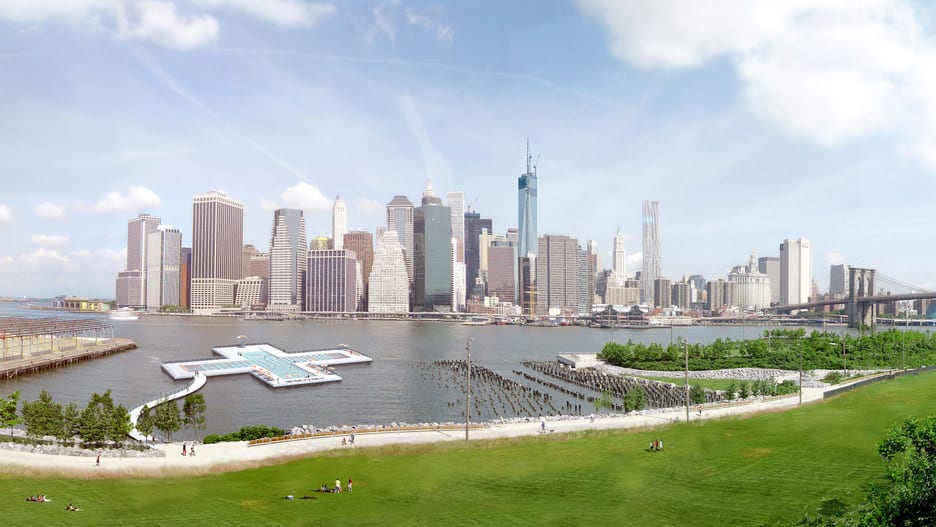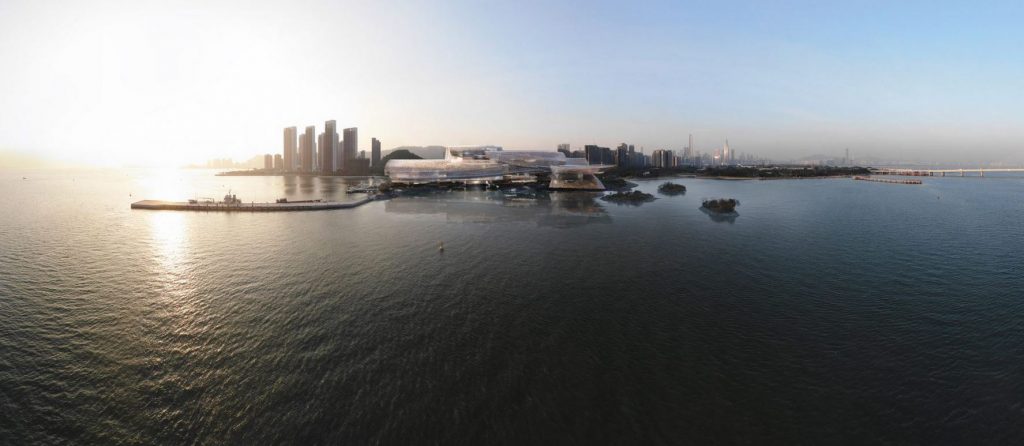3D printing is a remarkable technology that allows turning graphic designs into physical objects. Although the previous generations of 3D printers used non-biodegradable materials such as plastics made from fossil fuels, new technologies are being developed that allow 3D printing to be done in environmentally responsible way. We have selected several impressive projects showcasing how designers use biodegradable and bio-based filaments to create objects that are both beautiful and functional.
